|
I have spoken to you in these little written compositions of some rather weighty matters. Other inclusions meant to provide a bit of drollery and fun as a respite for both you and me. Here I want to offer you a final picture – not specially related to this or any text – but solely shown to you for your enjoyment. Ahead of me now lie writing tasks which I cannot fit into a tight-spaced deadline plan. I hope you liked my weekly series of reflections, as I surely treasure your attention to it. I am told that volumes are written on humor. Somewhere, decades ago I read, “Incongruity inspires laughter.” We know that not all which exists can be personally meaningful to us. When we encounter something which thus captures us it is because this something engages our minds or touches our hearts. Similarly, to inspire mirth, mere incongruity is not enough. The need is for an unfolding remarkably surpassing daily commonplaces. The lovely smile gracing features in a tranquil, happy moment, as well as festive merriment, are – I think – relatives of humor, for they take us, however briefly, above the mundane dullness of existence. When humor in its biting form is put into an utterance, someone will be someone’s prey whose day no longer will be dull. The benign tease looks upon himself as masterful, but does so peaceably and without inflicting pain. It seems an amiable way to have this fun when one’s victim is only pretended, but not real. Harmless Cyclops Breathing in the Cold A Cyclops is a gigantic, man-devouring mythological being with but a single eye. My Cyclops here is “average-man” – a little plump – bald – middle-aged. But if he resembles closely someone another someone knows, that other someone’s laughter can be more gloating than well-meaning. Let me now recall a masterful political cartoon by MacNelly – masterful because there was no victim: a sturdy housewife, during the Bill Clinton years says to a baffled-looking pollster, “I like the dirt-bag.” The “LIKE”-ing and the presidential “dirt-bag” make odd company. Yet the liking takes out all sting from the unwashed name. So some of us, at least, smiled or even laughed indulgently and fondly. Is not such jesting a deal more loveable than that which gains a triumph through sharpening the claws of ridicule? Summary Mirth includes always the endeavor to master the occasion which arouses it. By that feature humor supplies a true and valuable recourse when hard adversity taxes our courage. And it is a fine conceit indeed to find a way to feel indulgently forgiving toward the President of the United States. Even our gift of receptivity, to happy hours we can regard with smiles, subdues for us the drab, and maybe troubling, every-days. A number of the topics in this series were familiar ground of which I sought to improve my understanding. Though I have had my fun, I have never studied how I had it – never studied humor. So I have to hope that this, my first attempt, has not been too awkward and inept.
Janet taught me the word. And on my own I learned how to escape the trouble that word means. Note this example of my sterling common sense. Thus I reasoned brilliantly, I think, that the stairs to our basement make really a superior laundry chute For I pitched – as had grown my wont to do – some shirts and socks and other items down my well-loved way, when that day a stentorian voice caught me off my guard: “I saw that, Johannes!” “Yes, dear,” was Johannes’ meek and peaceable reply. Was this not a crafty way to avoid a main “kerfluffle”? “Yes-DEAR-ing” is indeed a time-much-tested refuge from the Wifely Wroth. After all, “kerfluffles” are best when they don’t happen. You believe me, don’t you, if I tell you that I never, ever raise a fuss? So with my best superior mien I sometimes pick tenderly on Janet for “big-dealing” trifles. Now I can frame my complaints with much more eloquence: “Do please stop ‘kerfluffling’ me.” We husbands are a brilliant lot. Or do you think it’s all low cunning? Strange Growth on Janet's Kitchen FloorThere remains one more little thing to tell. One day I came down the basement stairs and, at the bottom, were to be seen “loveable dainties” – none of them my own – ’NUFF said!
I entered Rhode Island School of Design – RISD, sounded with affection always “RIZ-DY” – in 1951. At that time John Benson, due to failing health, no longer offered lettering instruction. He continued, however, to teach a course scheduled for the entire sophomore class: There has been a vogue of recording “great lectures.” These tended to be only middle-depth in content, rather neatly put together and a little too “dynamically” delivered. John Benson was much different and much better. The course was constructed with exceptional lucid care. Singly, the talks were given with measured calm and very clear exactitude. The pace of progress was always exceedingly reliable, but never hurried. These readings by John Benson were the finest I have ever heard. Swarms of words tend to evade, not master, difficulties. In Benson’s concentrated thinking power, and his patient and incisive discourse, lay our path ahead. The course achieved its excellent success meeting once a week for merely one semester. I never exchanged a word of conversation with this, the most revered of all my teachers – nor did many of my classmates, for we were more than one hundred students in a great lecture hall. A few years later John Benson died, and some years after that I became once more his student. I have two books written by John Benson: one is the translation of the La Operina, Arrighi’s “little work” . . . . . . a great Renaissance cursive writing manual. By Benson’s masterly penmanship the whole is now a most beautiful work of art. The second was The Elements of Lettering, written with Arthur Graham Carey. These two works gave to me a more insightful, and useful, instruction on the lettering art than any others I have tried. In this essay my samples bear doubtless witness to the limitation of my craft, but witness also, I do hope, to the excellence of my preceptor. The monumental stone-carved inscription was John Benson’s especial calling and he was, besides, wonderfully skilled and learned in all parts of the lettering craft. Though knowing much is surely very good, it is measurably better to comprehend deeply and exactly. Owing to that great talent, John Howard Benson – in his task field and at his time – was the best in the world. The cave painters of Altamira and Lascaux needed to know all the lore and crafts which held body and soul together in Stone Age times. Here and now the division of labor lets us choose the skills and studies able to give close help in visual art, leaving the remoter tasks to other hands. We learn about drawing, sculpture and painting. Some artists more than others value keen observation, lettering skills, anatomy, structure and geometry, or print making techniques. When I was still a quite small boy, not all those studies did then yet occupy my mind. But the skill of blending colors seemed most desirably miraculous. Artists will simulate blending through altering the frequency of markings by the brush or pen. These can be individually seen because they are separately and deliberately set in place. “A Land of Fire and Ice” My painting offers an extended graduation from white to blue, and several narrow passages of blending to render in blurring boundaries some of the adjoining color fields. The blendings belong in visual art because they are visible within a work to our naked eye. Yet they are also a product of an intrusion into a microscopic world. On Loan from the Invisible However nimble the work of our pigment-laden brush, we cannot tell exactly where the microscopic particles of colors will fall in place.
The pattern is likely similar – though not identical to – that of my sample of the small black squares. For, whatever our finger-tip sensibility that moves the brush, the colored particles remain largely self-arranging and self-sorting. Out of sources in nature and from disciplines of endeavor beyond art we use what can be made visible in our pictorial work. Derived from shaded modeling seen all around us, graduated blending is a most often practiced craft in visual art. More than 75 years ago it seemed a miracle to me, and still I name it “wonderful” that – wielded with dexterity and due diligence – the brush will cause tiniest particles of colored dust to do my bidding. So far the occurrence is unexplained and likely to remain that way – gift of a benign Providence. Americans are red-blooded, generous, and virile. They squander dollars upon beauty, but have no taste for drab. Years ago – for the Lady’s and my own delight – I designed a jewel of an emblem, this to be worn not with garments lusterless and dull, but jointly with her “bestest” finery. Thus we guys won’t mind much – indeed, will hardly notice – that Your Ladyship is also most costly to maintain. Yet, regrettably, there is to be considered – red-blooded too, but not claiming to be virile – the other half of our people. These are the tigresses of our nation. To them your brightest loveliness, dear Lady, can only be an angry sore. For, the tigresses are the mature and prudent half of us and reckon the Lady is just a pesty bother, troublesome and greedy – so sorry!
Still if, with becoming grace, you wear the jewel that I made for you, you may win yet a heart or two, who knows? Dogmatical self-assertion is often met with this riposte: “There is no absolute truth.” Only un-importantly is this correct. However, that reproach against another’s speech is also entirely mistaken. For no one is ever able to even try to pronounce absolutely. All we say is inescapably bound to a subject matter. It cannot be absolute of that subject matter and, so, independent. A runner as fast as lightning cannot exist, but the idea is derived from elements we have experienced. We may therefore picture this or speak about it. Though this runner will never become bodily real, he can become a true creation of metaphor or a magic tale. But no one can express – rightly or mistakenly – anything empty of subject matter. To tell me meaningly, “There is no absolute truth,” is to say that, “A nothing is, in fact, a nothing.”
All we say and all we think – true or false – is bound to its own territory of regard and, in another study, I will pursue that outlook. Monika’s husband is a living “good example.” When once we came to talking, Monika rendered full account of all the helpful chores her Richard happily and always performed for her ease and for her pleasure. So exhaustive was her numeration that I felt need to comment:
Johannes: “This raises an interesting question.” Lucky Lady: “What do I do?” Johannes: “Yes?” Lucky Lady: “I look pretty.” That, I truthfully conceded, the lady did indeed most competently and becomingly. This year, as always, if I like a candidate, I will give that candidate my vote, and numbers of my fellow Americans will do the same. The conventions and the campaigns to follow may clear away some misgivings and some doubts. So far, however, both anticipated party choices are exceptionally ill-received by the electorate. Hence, too many citizens may avoid the polls. Please don’t do that – instead consider: a “WRITE-IN VOTE.” Let that be Humphrey Bogart, or Maureen O’Hara, or Kamehameha the Great, King of Hawaii 1810-19, or name your favorite niece. This will do little good in 2016. But a notable count of “write-ins” will mean a powerful message – and a painful – to the loser. For they will thus learn they likely would have won, had they offered a person better able to win the people’s trust. But keeping ourselves at home will never do, because that will mean we do not care. Therein lies exceeding danger. The panorama of the world ranges all about me – I am the unimportant midpoint of the whole. Millennia ago a dwarf, my ancestor, faced four main tasks. 1. For mutual benefit, life in community with others. 2. To gather experience and to learn. 3. Productive creativity – craftsmanship. 4. To render care to personal love. Around this sparse field of action lay – imagined infinite and eternal – a domain of spirit beings. The best known became the Indo-European sky gods and the single deity of revealed religion. From occasions of good will and fellowship in the community and particles of time of happiest love, the dwarf reasoned – not provably but quite logically – a perfected heavenly abode. That land “unknowable” is not the modern dwarf’s chief concern. His once tight field of endeavor has expanded by community growth, research and study, and by manufacture. A widening belt of philosophy, learning, and of know-how now separates me and fellow dwarfs from the transcendent realm. Nature has set us bodily into the center of our world. Through Renaissance and Humanism, Enlightenment and Modernity, we have made that our own resolve.
I have long been fond of exercise and, to gain a useful layman’s lore, studied some bone and muscle anatomy and kinesiology. For, real expertise is out of my reach, and “Do this – do that” directives leave much unclear. I therefore sought mainly “first-pace comprehension” and tried to pass it on as “first-pace explaining.” For example, it is easier to give time to warming up when I learn that warm muscles deliver more of their power. In the muscular action of breathing, this brings to us a most welcome “second wind.” The experts know all this and more, yet seldom put any of it into words. My “first-pace explainings” are a help to a fine lady who has begun “working out” with me. Our friend has lauded me most liberally as a patient, gentle, and altogether sterling, ancient pedagogue.
As twice a week is a scanty fitness effort, I inquired: “Do you keep up with your work at home – I mean – when I am not looking?” My nice lady: “No!” And so, with her prettiest mocking smile, “milady” shot me through the heart. When I say this word I am more often ignorant whereof I speak than comprehending. Talking, for example, of “orthographic projection,” we name a discipline which underlies the classical mechanics of our early industrial action. Our discourse on relationships means not nearly the clear insights and precision that are the implied sense of the descriptive geometric term. If I think of shape and color relations in visual art only as appealing or not appealing, we close down the mind. In an able black and white design, the black renders with care also the white spaces, so that black and white separate and simultaneously unite at their common boundaries. How inventively this is done interests the discerning viewer. We meet with relationships in ubiquitous diversity. The most fateful are those of human people. What we feel and think about, what we speak and do to one another, will either build strongly, or derail, relationships.
Preceding all will be a motivating cause. Out of this completeness of succession – of cause, of feeling, thoughts, and speech and deed, each one is not shown always visibly and truly, nor perhaps, at all. So our demeanor towards one another is a path of pitfalls and of obstacles which frequently we jointly misconstrue. Therefore I do blunder on the path of life I share with others and name those several ignorances my relationships. So I do not much like this word. For it reminds of too much I cannot understand. I make, however, handy use and hide behind “relationships” each time I know too little and want to say it loud. Janet and I once were friends with a lovely old lady – she has since passed away – who told us proudly how many beaux paid court to her when she was young. At the time I noted down our exchange together with a summarizing comment.
Johannes: “Did you break their hearts?” Old Lady: “So they claimed.” Johannes: “Did you believe them?” Old Lady: “I believed them.” Johannes: “Did you care?” Old Lady: “No.” Johannes “Tis a hard, hard world in which we live and cruel are the times.” For you and me, my friend, the times and world have not unfolded more accommodating since. |
Johannes
|
| von Gumppenberg | Johannes Speaks |
|
|














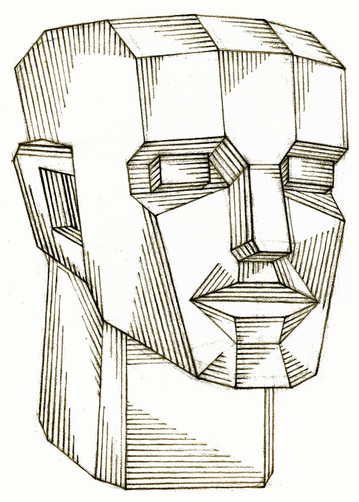

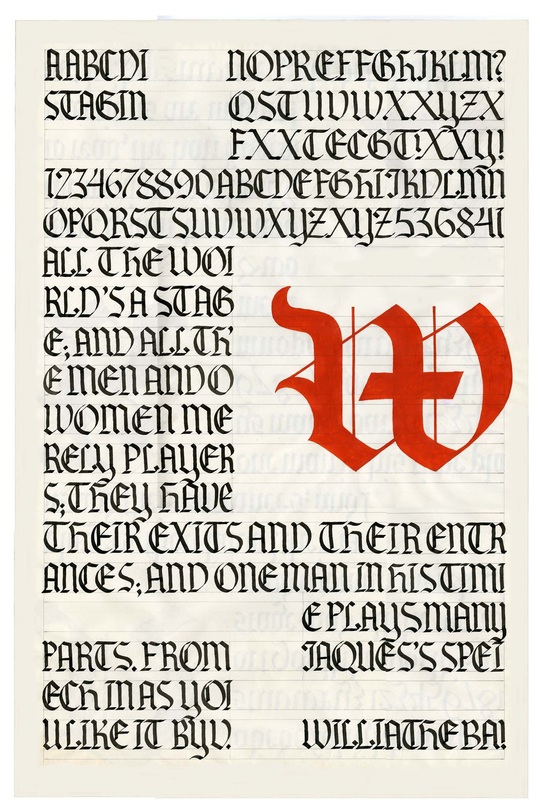

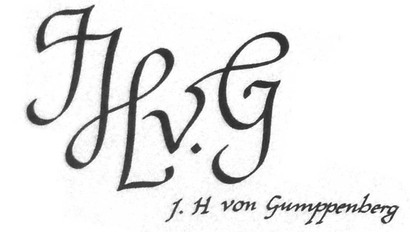









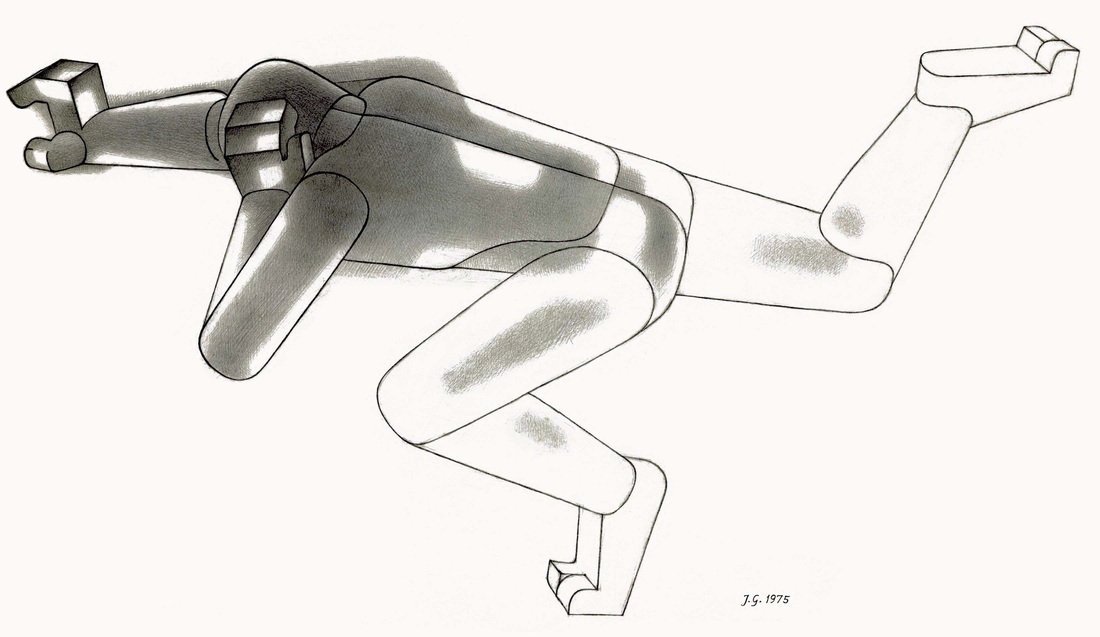







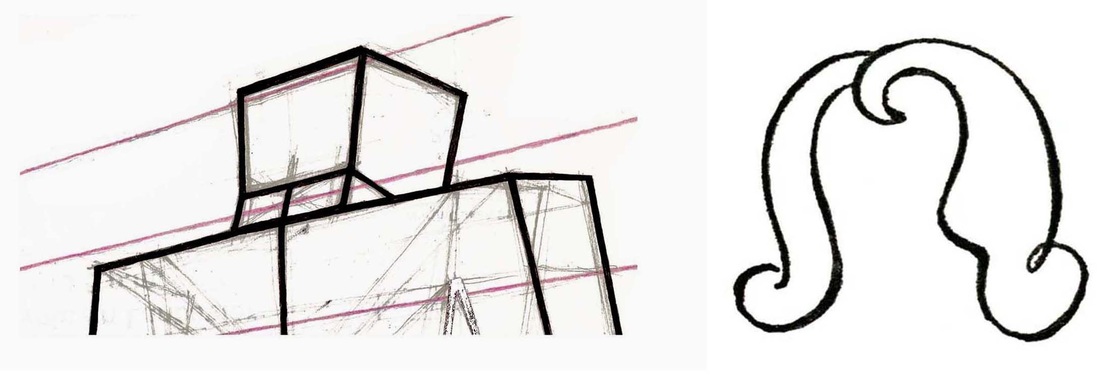

















 RSS Feed
RSS Feed